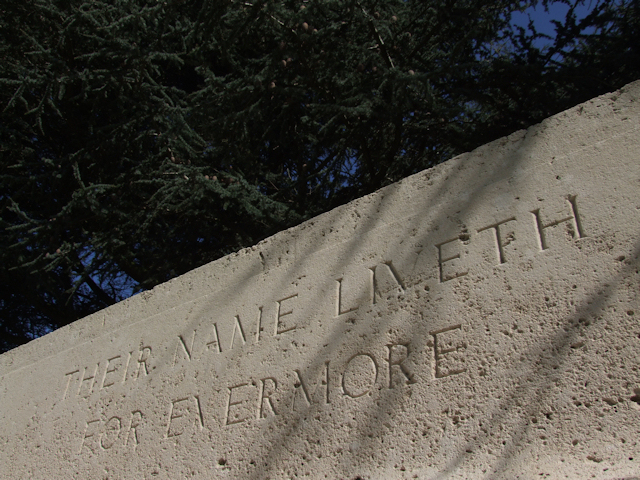Name
Frederick Reynolds (1)
Conflict
First World War
Date of Death / Age
Rank, Service Number & Service Details
Private
564436
Labour Corps
31st Prisoner of War Company
Awards: Service Medals/Honour Awards
Cemetery/Memorial: Name/Reference/Country
Headstone Inscription
Not Researched
UK & Other Memorials
Biography
The name Frederick or Fred Reynolds appears twice in the Parish Magazine, once as Fred in September 1915 as enlisting during 1915 and before August, and serving in the Westminster Dragoons. Then in the November 1918 Parish Magazine, a Frederick Reynolds is recorded as ‘joined up lately’ and serving in the Lancashire and Yorkshire Regiment (should be York and Lancaster). This suggests that there were two men with the same name and it is possible to identify two possible men from baptism records. One Frederick appears on the School War Memorial, confirming that at least one of the men attended the school.
The discovery of the service record for one of the men provides information which questions whether there were actually two men of this name who served. The man appearing here definitely served and, because of his enlistment date, he would be the former mentioned above but he did not serve in the Westminster Dragoons as reported. He served in the York and Lancs Regiment, which the Parish Magazine attributes to the latter man. Other possible men have been identified from official records. So it is still possible that two men of the same name did serve, but that the Parish Magazine confused their information.
The Hertfordshire Express of April 13th 1918 provides information on the Frederick Reynolds, who served in the York and Lancs Regiment. The newspaper reports that, before the war, this Frederick was a footman in private service in Scotland. His parents were Mr and Mrs Frank Reynolds, who lived in Handscombe Cottages, Burge End - the row of terraced cottages in Shillington Road, and that his younger brother Arthur was also serving. It also reports that Private Frederick had written from the General Hospital in Etaples, France, to say he had been wounded on the 21st (March?). The official report said ‘gun-shot, shoulder and knee, severe.’
This confirms that he is the man for whom a service record exists and that he was the son of Frank and Elizabeth Reynolds, baptised on May 13th 1894. In all it would appear that two brothers may have served and survived – refer to Arthur Reynolds(1) for more family details.
Frederick was a postman when he signed his attestation papers on August 23rd 1915. He joined the Territorial Force, 2nd Battalion, County of London Regiment, at the age of twenty-one and became Private 2749. His service records show that he remained on home service until April 25th 1916, and then he left for France. He remained there until August 19th 1917 when he returned to the UK, transferring to the Tank Corps the next day, probably as Private 300765. He then joined the York and Lancaster Regiment on August 28th, as Private 205415 and then, presumably, had a period of training. He returned to France on November 29th 1917 and joined the 12th Battalion, York and Lancaster Regiment, in the field on December 8th.
The Absent Voters’ List of 1918 recorded him as Private 205415, York and Lancaster Regiment with his home address the same as his brother Arthur’s, 1 Handscombe’s Cottages, Burge End - one of the row of terraced cottages in Shillington Road.
In March 1918, he was in the area of Bayeaux, when the Germans launched their massive Spring Offensive, and he received a gun shot wound to the shoulder on the 22nd. As a result, he was moved back to a hospital in the area of Etaples. Following his recovery, he was transferred to the 31st Prisoner of War Company, Labour Corps as Private 564436. Perhaps he was unhappy about this because, on June 6th, before joining them, he broke out of camp after roll call and was caught returning to camp at 6am the next day. He forfeited a day’s pay and was deprived of a further seven days’ pay. He joined his new Regiment as Private 564436 on June 19th 1918. Later that year, in December, he was give UK leave, but was again a day late returning and received more punishment, this time being confined to barracks for seven days.
Frederick remained in France until May 5th 1919 and was demobilised on June 3rd 1919.
Acknowledgments
Text from the book ‘The Pride of Pirton’ by Jonty Wild, Tony French & Chris Ryan used with author's permission



